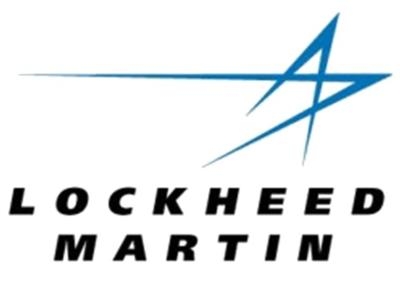Company Is The Industry Partner On The Janus Mission, Recently Selected As A Part Of NASA's SIMPLEx Program
Lockheed Martin has been selected to design dual small deep space spacecraft to visit near-earth asteroids in a mission called Janus, led by the University of Colorado Boulder. One of NASA's Small Innovative Mission for Planetary Exploration (SIMPLEx) finalists, Janus is designed to fly by two binary asteroids, or asteroids orbiting a common center of mass, to image the system using both visible and infrared cameras. These small satellites will launch in 2022 to reach the asteroid system in 2026.

"We are excited to partner with University of Colorado on this challenging mission to be among the first small sats to return science data from beyond Earth orbit," said Chris McCaa, Janus program manager at Lockheed Martin Space. "Janus will provide the opportunity to blend our long heritage of mission success in deep space with the small sat paradigm, helping to pave the way for a new generation of deep space explorers. Combining our track record of delivering on principal investigator-led missions and the caliber of this science team will give us all a greater understanding of the workings of our Solar System."
Downselected for this next phase of NASA's SIMPLEx program, Lockheed Martin will be working toward preliminary design review. SIMPLEx is a cost-capped program focusing science investigations on any Solar System body, except for the Earth and the Sun, using small spacecraft lighter than 400 pounds. The Janus mission is designed to meet these requirements. The mission will investigate how binary asteroids form and evaluate existing theories of how these constantly changing systems evolve.
Deep space missions present challenges beyond what the typical small sat mission encounters in low-Earth orbit. For example, power systems must handle a range of Sun distances and telecommunication systems need to be able to transmit over long distances and be compatible with the Deep Space Network. Lockheed Martin brings the experience of deep space exploration system integration into the design of these ESPA-class, dual small satellites weighing in at about 88 pounds each.
"All deep space missions require a balance of reliability and schedule assurance to be successful and, unlike a mission to low-Earth orbit, you must meet the planetary launch window. The asteroids won't wait for us," said McCaa. "To meet those challenges, we will be applying proven methods from missions such as OSIRIS-REx and Lucy as well as leveraging lessons learned while developing other small sat missions such as LunIR."
The Janus mission is led by Principal Investigator Dan Scheeres of University of Colorado Boulder in Boulder, Colorado. If selected in the final stage, Lockheed Martin Space will design and build the spacecraft and provide mission operations after launch. Malin Space Science Systems will provide the instrument suite including visible and infrared cameras. The selected investigations will be managed by the Planetary Missions Program Office at NASA's Marshall Space Flight Center in Huntsville, Alabama as part of the Solar System Exploration Program at NASA Headquarters in Washington.
(Source: Lockheed Martin news release)
 ANN's Daily Aero-Term (05.17.24): Very High Frequency
ANN's Daily Aero-Term (05.17.24): Very High Frequency ANN's Daily Aero-Linx (05.17.24)
ANN's Daily Aero-Linx (05.17.24) ANN FAQ: Submit a News Story!
ANN FAQ: Submit a News Story! Classic Aero-TV: ANN Visits Wings Over The Rockies Exploration Of Flight
Classic Aero-TV: ANN Visits Wings Over The Rockies Exploration Of Flight Airborne Affordable Flyers 05.16.24: PRA Runway, Wag-Aero Sold, Young Eagles
Airborne Affordable Flyers 05.16.24: PRA Runway, Wag-Aero Sold, Young Eagles



